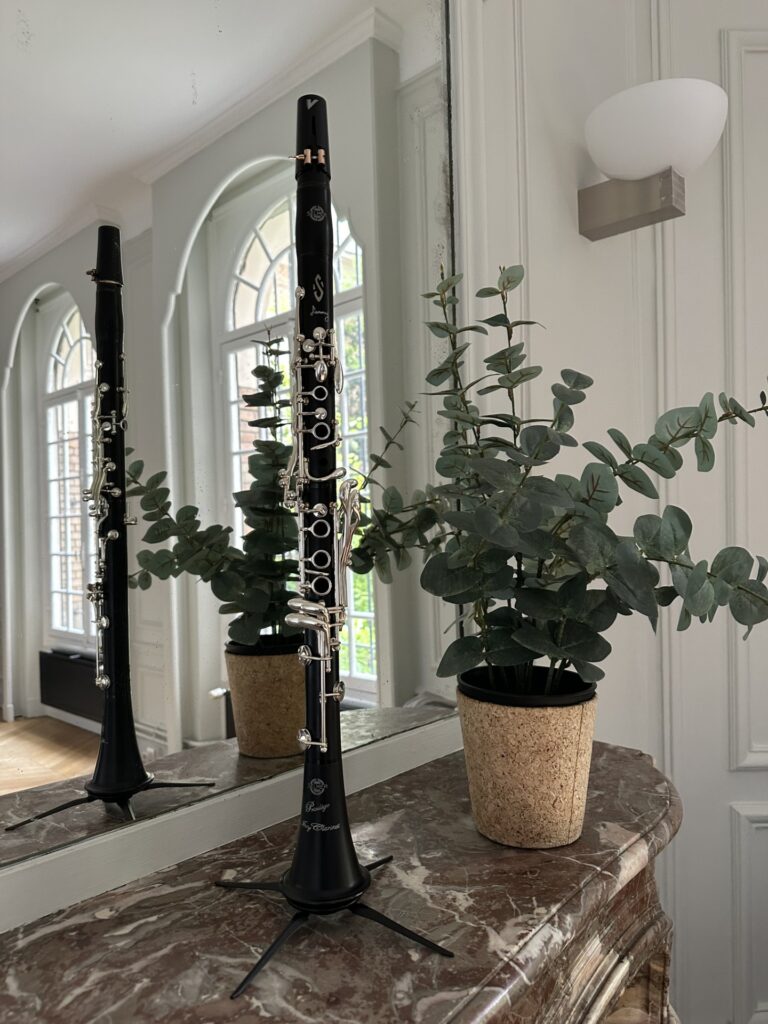9 Mistakes Many Beginning Clarinetists Make
Learning the clarinet certainly takes a lot of trial and error (and many squeaks along the way!). Even though it can be challenging, it is musically rewarding across all styles and genres.
If you are learning clarinet, be sure you’re not making any of these 9 mistakes common among beginning clarinetists:
- Not changing reeds/using the same reed for extended periods of time. Reed rotation is important to prolong the life of your reeds and ensure you always have reliable reeds on hand. Not to mention, using the same reed for too long can lead to germs and even mold buildup!
- Playing on chipped reeds. Once a reed is chipped, it’s time to change reeds. You might be able to produce a sound on reeds with tiny chips, but most chips will prohibit ease of response and prevent you from producing a full, rich sound. (Here are my tips to avoid chipping reeds.)
- Putting the reed in place before the ligature. To be fair, this isn’t a mistake, but it results in unnecessary reed chips and breaks. By placing the ligature on the mouthpiece first and then sliding the reed into place, you are much less likely to chip your reed.
- Not washing your hands and brushing your teeth. You should always wash your hands and brush your teeth before playing clarinet. (If it’s not possible to brush your teeth, at least rinse your mouth out with water.) This will prevent the buildup of gunk and debris in your clarinet, which can eventually lead to mechanical issues. (Looking at you, sugar-crusted pads stuck to the clarinet!)
- Not swabbing your clarinet. At the very least, you should swab your clarinet at the end of every practice session. If you are practicing for longer than one hour, I suggest swabbing every hour when you take a short break. (Pro tip: Always unfurl your swab before swabbing – the one time I didn’t do this, it got balled up and stuck in my upper joint, and I had to take it to a repair tech for removal.)
- Not learning/ignoring alternate fingerings. I get it – the clarinet has a lot of keys, and it can quickly get overwhelming. However, alternate fingerings were created to facilitate ease of technique – not make it more difficult! Be sure to learn all chromatic fingerings and the rules for clarinet pinky keys.
- Playing with poor posture. It’s easy to fall victim to poor posture habits. Before each practice session, do a quick posture check: Are you sitting up straight? Are your legs crossed? (They shouldn’t be.) Are you dropping your chin towards your chest? (Don’t – this impedes air flow) This posture check takes a few seconds but will pay dividends in your playing.
- Not articulating properly. Confession time – I had played clarinet for over a year before I realized that tonguing involved my tongue making contact with the reed. 😬 It took a few weeks to get used to this new articulation method (aka standard clarinet articulation), but I’m glad I caught this early on instead of later! Read my Complete Guide to Clarinet Articulation to make sure you’re tonguing properly.
- Not having specific goals in mind. Even if you are learning the clarinet for fun, having clear goals in mind can help you progress faster. Having a grasp of clarinet fundamentals makes it easier to play the music you want! Examples of good goals could be things like, “Today, I will learn one new note; cross the break without squeaking three times in a row; learn a new scale; learn a new fingering; etc.”
I hope these tips help you along your clarinet journey! Happy practicing!

3 Comments
Donna Woll
I am a new clarinetist and so excited to have discovered your blog!
Thank you!
jennyclarinet
Welcome! I hope it makes clarinet even more fun!
John Fitzpatrick
If all you can afford is a cheaper musical instrument then don’t be discouraged by the people who have forgotten the truth about music and the reason we play musical instruments is expressing the emotions and the joy 🤣😊 not how much the instrument 🎸🎷 cost the best artist play from there heart not from there pockets